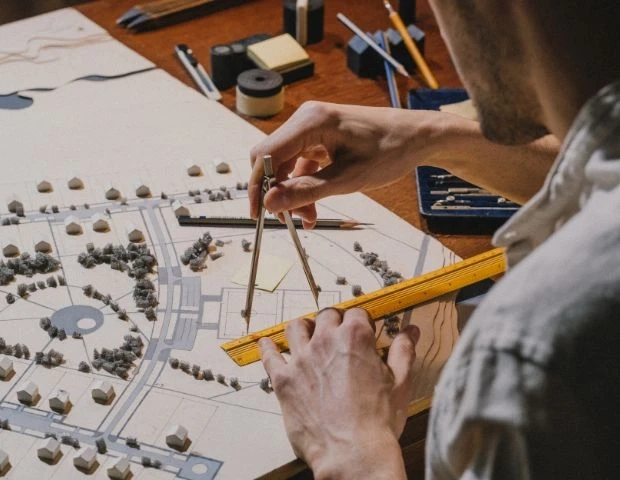In the modern world where stress and anxiety seem to be prevalent, the importance of mental wellness cannot be overstated. While various approaches exist to enhance mental health, one often overlooked aspect is the impact of architectural design. At its core, architecture is not merely about constructing buildings; it\'s about shaping environments that can profoundly influence our well-being. In this comprehensive guide, we delve into the intricate relationship between architectural design and mental wellness, exploring how thoughtful design elements can foster a harmonious balance between the built environment and our psychological state.
Understanding the Connection: Architecture and Mental Health
Architecture is more than just aesthetics; it serves as the backdrop to our lives, influencing our thoughts, emotions, and behaviors on a subconscious level. The spaces we inhabit can either uplift our spirits or contribute to feelings of unease and discomfort. Understanding this connection is pivotal in creating environments conducive to mental wellness.
Biophilic Design: Bringing Nature Indoors
One approach gaining traction in architectural circles is biophilic design, which seeks to integrate nature into built environments. Incorporating natural elements such as sunlight, greenery, and flowing water not only enhances the aesthetic appeal but also promotes psychological well-being. Research has shown that exposure to nature can reduce stress, boost mood, and improve cognitive function, making biophilic design a powerful tool in promoting mental wellness.
Lighting and Mood: The Impact of Illumination
Lighting plays a crucial role in shaping our perceptions and mood. Natural light, in particular, has been linked to numerous health benefits, including regulating circadian rhythms and reducing symptoms of depression. Architects can leverage this knowledge by designing spaces that maximize natural light penetration while also incorporating artificial lighting solutions that mimic daylight. By optimizing illumination levels, architects can create spaces that promote alertness during the day and facilitate relaxation in the evening, thereby fostering a sense of balance and well-being.
Spatial Layout: Nurturing Connection and Privacy
The spatial layout of a building can significantly influence our social interactions and sense of privacy. Open-plan designs promote collaboration and community engagement, fostering a sense of belonging and camaraderie. However, it\'s essential to strike a balance between openness and privacy, as overly exposed spaces can lead to feelings of vulnerability and discomfort. Architects must carefully consider the spatial organization to create environments that cater to both social interaction and individual solitude, thereby supporting diverse psychological needs.
Color Psychology: Harnessing the Power of Pigments
Colors have a profound impact on our emotions and psychological well-being. Warm hues like red and orange can evoke feelings of warmth and energy, while cool tones such as blue and green are calming and soothing. By strategically selecting colors based on their psychological effects, architects can create environments that evoke the desired emotional responses. From vibrant accent walls to muted pastel palettes, the use of color can significantly enhance the ambiance of a space, contributing to overall mental wellness.
Acoustic Design: Creating Serene Soundscapes
Sound plays a crucial role in shaping our environment and can have a profound impact on our mental state. Excessive noise pollution can lead to stress, irritability, and impaired cognitive function. Architects must consider acoustic design principles to minimize unwanted noise and create serene soundscapes conducive to relaxation and concentration. From sound-absorbing materials to strategic layout planning, thoughtful acoustic design can significantly enhance the quality of our built environments, promoting mental well-being in the process.
Conclusion: Designing for Holistic Wellness
In conclusion, the field of architecture holds immense potential in promoting mental wellness through thoughtful design interventions. By incorporating biophilic elements, optimizing lighting conditions, crafting spatial layouts that balance connection and privacy, harnessing the psychological power of color, and prioritizing acoustic comfort, architects can create environments that nurture our mental health and enhance our overall quality of life. As we continue to prioritize holistic wellness in our built environments, the role of architecture in fostering mental well-being will only become more pronounced, underscoring the importance of integrating psychological principles into design practices.
Discover unparalleled architectural brilliance with IM Design and Development, the leading architectural firm in Delhi. Our innovative designs blend functionality with aesthetics, creating timeless spaces that inspire. Trust our expertise to transform your vision into reality. Elevate your project with IM Design and Development today.



